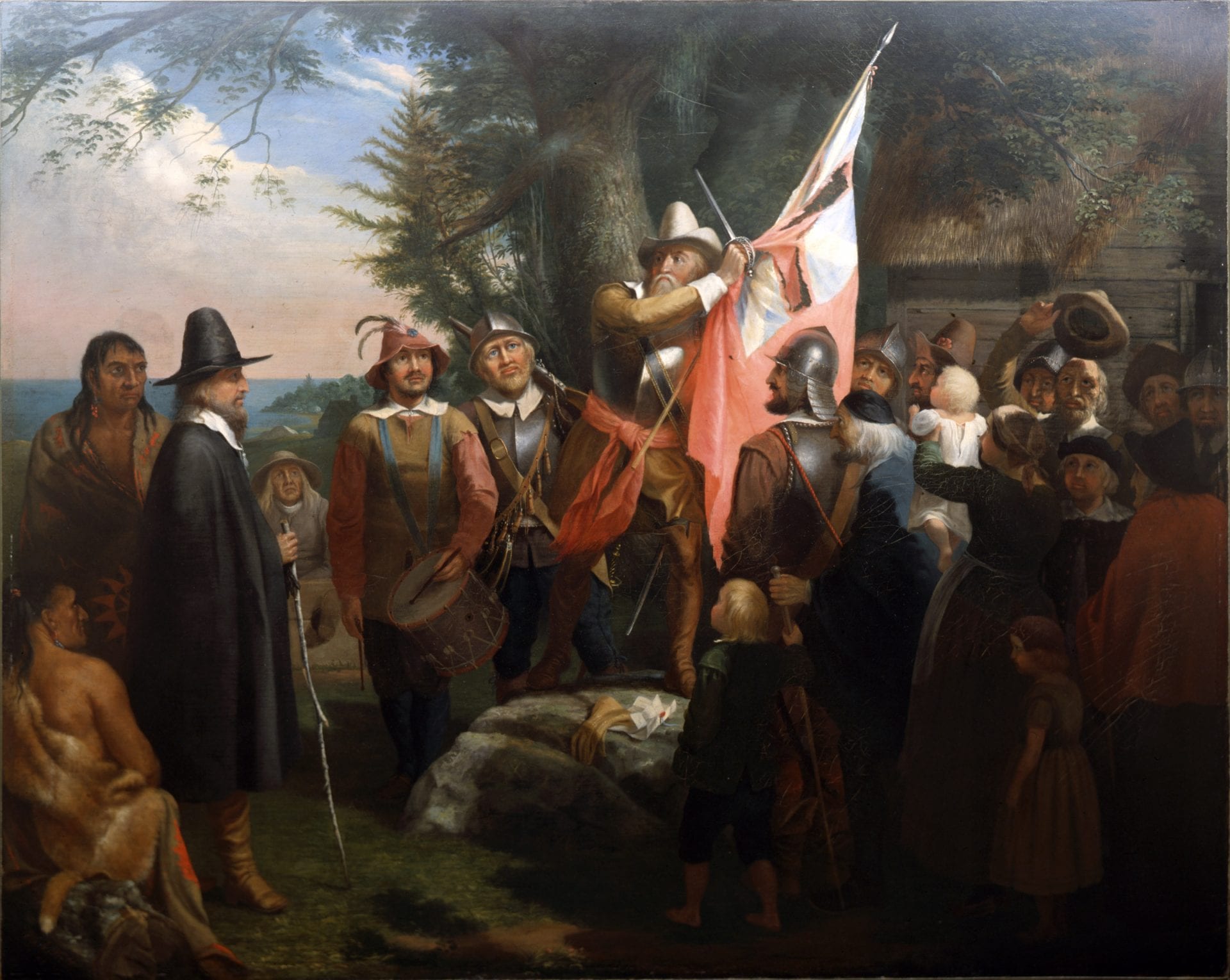Harboring Hope
Opened: May 15, 2014
In 1602 English seafarers explored coastal Massachusetts for timber, fish and furs. By the 1620s, strong differences in religious beliefs led groups like the Pilgrims (and later the Puritans) to leave England and colonize Massachusetts in pursuit of a better life.
Between 1650 and 1675, the Puritans strongly established themselves in the colonies but in turn persecuted other colonists including Quakers and Baptists. The Quakers would have a significant impact on New Bedford’s development culturally and economically. Land and natural resource incursions by the colonists caused devastating wars with local Native American tribes, who struggled to maintain their way of life and their rights to native lands. The Quaker and Baptist settlements of the “old Dartmouth Region,” located along Buzzards Bay and the Acushnet River, eventually grew into a seafaring culture. Religion, geography, and maritime commerce combined to powerfully influence Southeastern Massachusetts’ colonial growth and the ultimate success of the port of New Bedford.
This exhibition explores the region of Old Dartmouth from the landing of Bartholomew Gosnold to the dominance of New Bedford in the whaling industry and explores key themes that continue to resonate today.


